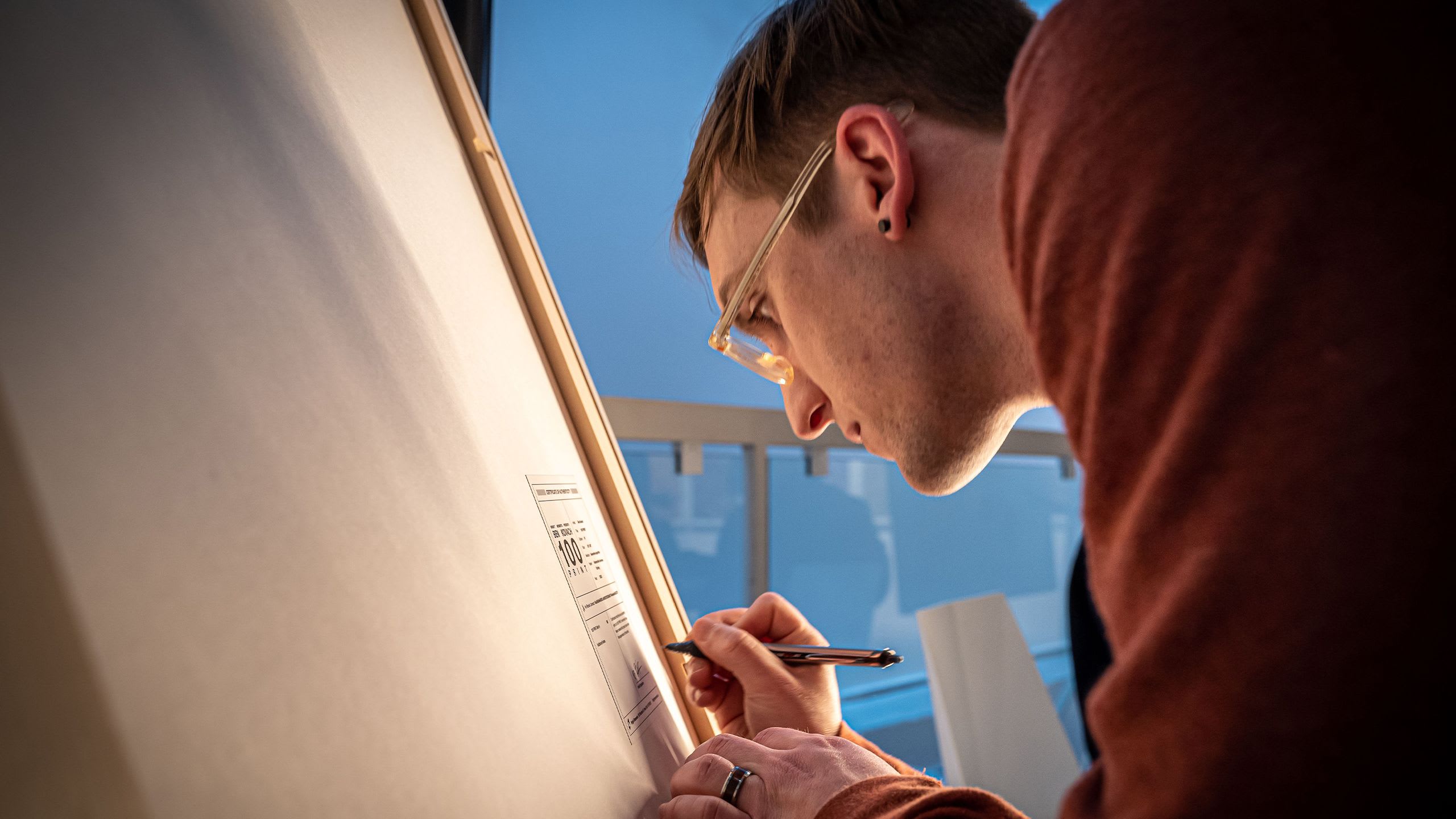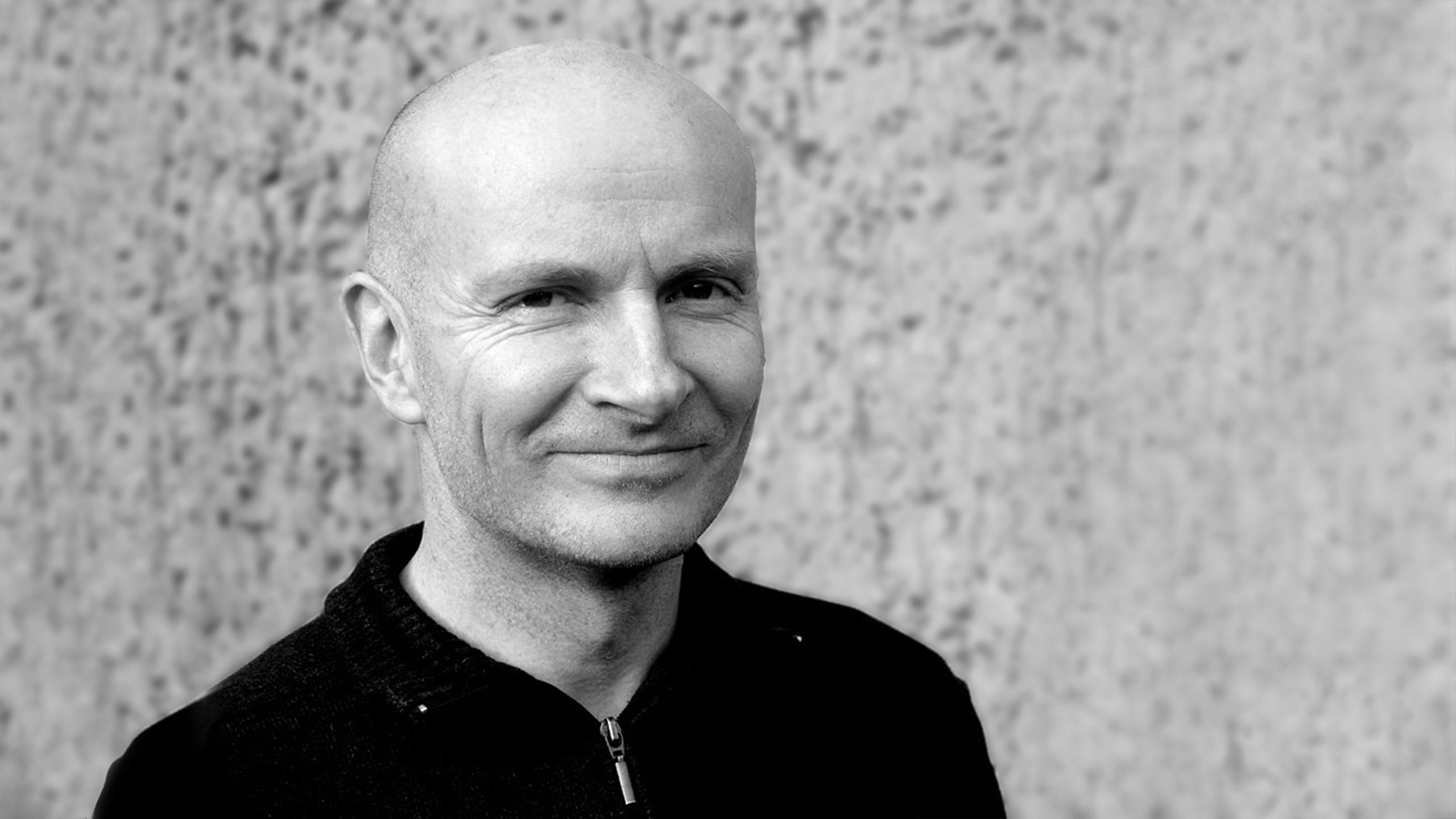INTERVIEW
In Conversation with Simon de Mai on Spectron
In Conversation with Simon de Mai on Spectron
by Jeff Davis
•
12 Feb 2021
Simon De Mai is an artist and designer. By day, he’s a freelance designer and art director working in the creative industry. By night, he’s a creative programmer, blockchain enthusiast and video artist. The subjects of his artistic research may vary but his work always investigates the physical quality and imperfections of the medium. Whether using experimental print techniques like cyanotypes, exploring software anomalies, or developing custom tools inspired by early video synthesizers, his approach is hands-on and structural as he’s interested in the systems as much as the formal aspects of the final work. I spoke with Simon about his Art Blocks project Spectron.
Jeff Davis: Simon, it’s great to meet you. How did you first get into making art?
Simon De Mai: I’ve always loved technology and I’ve always been attracted to art. These two things put me in a strange but common position as a kid in a small town in Europe. I didn’t fit with the artists because they hated technology, and I didn’t fit with technologists because I didn’t have an IT background. So I’ve always felt like not really belonging to either group, and going to design school seemed a good choice. A radical change happened a lot later when I had the chance to attend a workshop by the inventor of Arduino. For the first time, I met these crazy people tinkering with technology. They were engineers, but also artists, and they were a very welcoming community. During the workshop, we built these machines making weird sounds, it was incredible. I then learned Processing and this opened the road to everything else.

JD: Processing definitely opened up new pathways for me too. So I take it that made you start thinking more about generative art?
SDM: I think a generative aspect has always been present in my work. In a broader sense maybe, but I always use a “seed.” Whether it was a process including human intervention (paying users of Amazon’s Mechanical Turk to generate data) or a series of random values fed into a script. When I got into the NFTs scene I started wondering whether I could use some random parameters to control my synthesizer. Spectron is my first actual generative work and it’s the result of this process.

JD: Nice. We’ll definitely get into Spectron next, but tell me a bit about how you got into NFTs/crypto art.
SDM: I’ve been around in the crypto space for a while. As time passed by, I realized that I’m a terrible trader but I also got more and more enthusiastic about the technology. I really wanted to use it actively and build something with it, but it was clear that finance was not my thing. Then one day on Reddit I ended up on this thread about NFTs, it was the early kind of conversation about digital ownership. Everyone was like, “why would I pay for a digital file that anyone could easily copy?” I had the first prototype of Spectron finally running in the browser and realized that it would be perfect to host on the blockchain: it’s lightweight, features an endless animation and it’s not something you can download so easily. It would just live on the blockchain. I started to look for a platform that would be able to run my script and something clicked when I discovered Art Blocks.

JD: What was the inspiration behind Spectron?
SDM: I always go through a phase of deep research when I start a project, I really like to go down the rabbit hole, it’s super exciting. With Spectron I had this great revelation when I discovered that a lot of schematics and documentation from the first video synthesizers were available for free with an early open source license from the 1970s. This allowed me to understand how those machines worked. They were heavy hardware machines capable of generating shapes and patterns from the ground up, with no external visual input. The distinctive aesthetic of the analog electronic image and the procedural approach to real time video manipulation was fascinating, but the hands-on approach is what really led me to investigate further. I eventually became interested in the process as much as in the output. How were these machines able to generate such complexity by just manipulating electronic voltage? Although it’s produced with modern technologies, Spectron shares its logic with its ancestors.
JD: Anything else people should know to better understand your project?
SDM: If anyone wants to know more about the artistic research that went into the project, I’ve made a website with more information about it. I think, though, that the best way to experience the project is to just let oneself go to the soothing movement of the digital waveforms. Fifty years ago, video artists Steina and Woody Vasulka launched their legendary art space in New York called The Kitchen. A lot of incredible video artists showed their work there and the closing paragraph of their manifesto was:
“Then there is time, time to sit down and just surrender. […] there is just surrender the way you surrender to the Atlantic Ocean, the way you listen to the wind, or the way you watch the sunset and that is the time you don't regret that you had nothing else to do.”
JD: And what’s the best way for people to follow your work?
SDM: If anyone wants to follow the development of Spectron or just see what kind of stuff I’m working on, my website is a good place.
https://artblocks.io/project/17
First published 12 February 2021: https://beta.cent.co/artblocks/+b3jqsk



